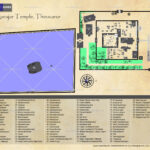Vanmeega Naadhar (also Putridankondaar), facing east
Thiruvarur
Thiruvarur
Padal Petra Sthalams
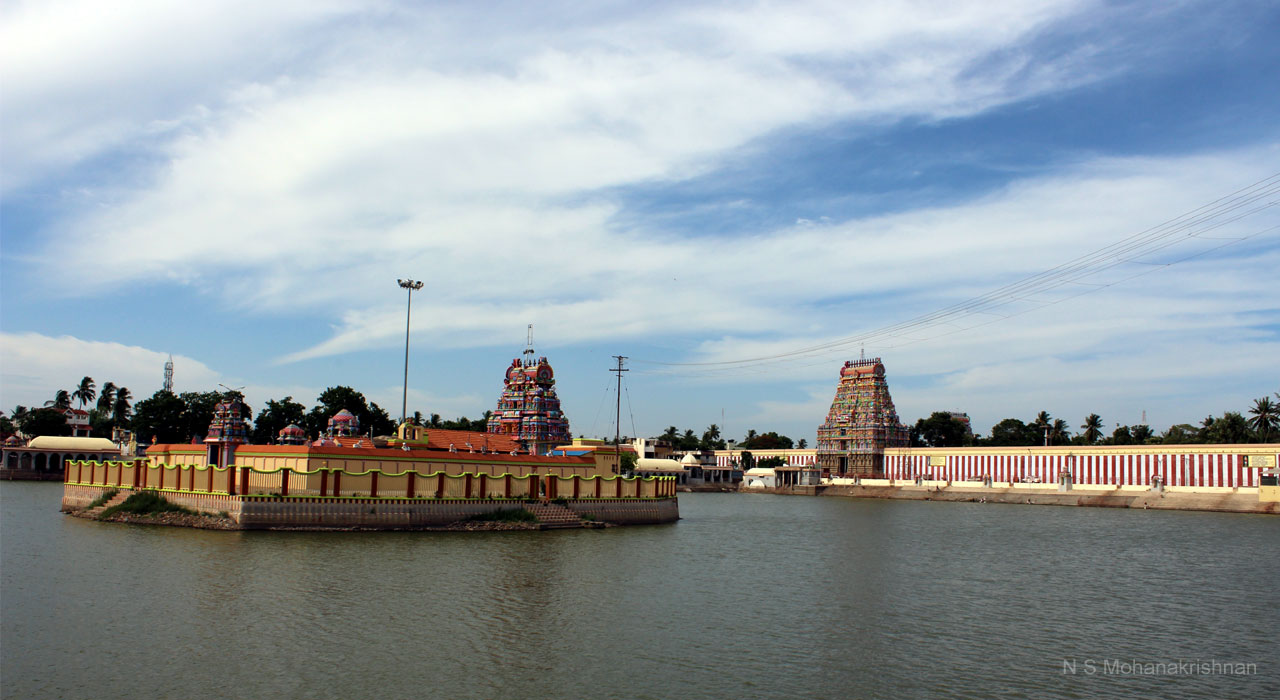
God
Goddess
Kamalambigai, facing east in a separate shrine
Other Deities
Thiyagarajar, Vinayaka, Muruga, Jurahareswarar, Indralingam, Musukundhar, saraswathi, 63 Nayanmars, Mahalakshmi, Durga, Pitchadanar, Imaya Chandikeswara, Aadhi Chandikeswara, Asaleswarar, Daksheswarar, Manuchakkareswarar, Bhageeratheswarar, Kailasathyagar, Pandyanadhar, Saptharisheeswarar, Cheranadhar, Aadakeswarar, Viswamithreswarar, Puroorvachakkareswarar, Mahabaleeswarar, Atunachaleswarar, Varuneswarar, Anandeswarar, Varuneswara Vinayakar, Sidheeswarar, Navagraha
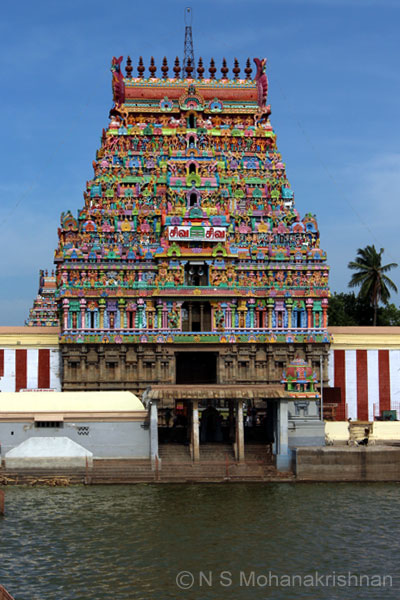
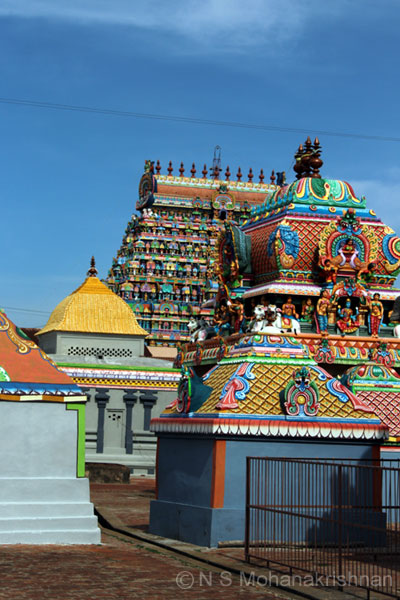
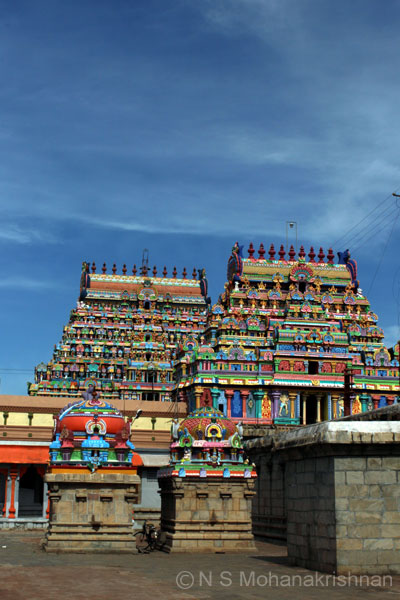
History
Legend
Directions
Thiruvarur temple is right in the middle of Thiruvarur town.
Stay and Food
Thiruvarur has some good hotels and a few decent restaurants.
Temple Layout
